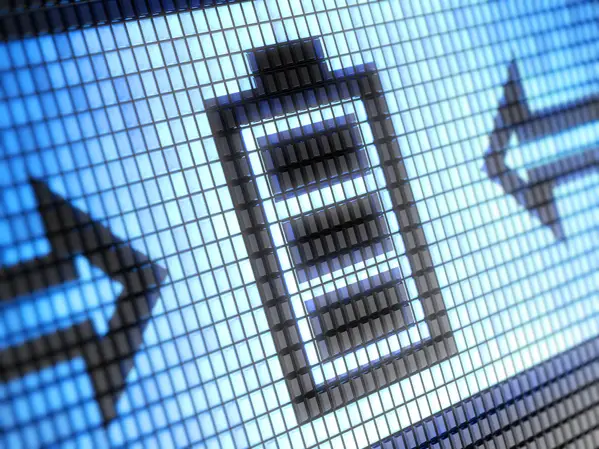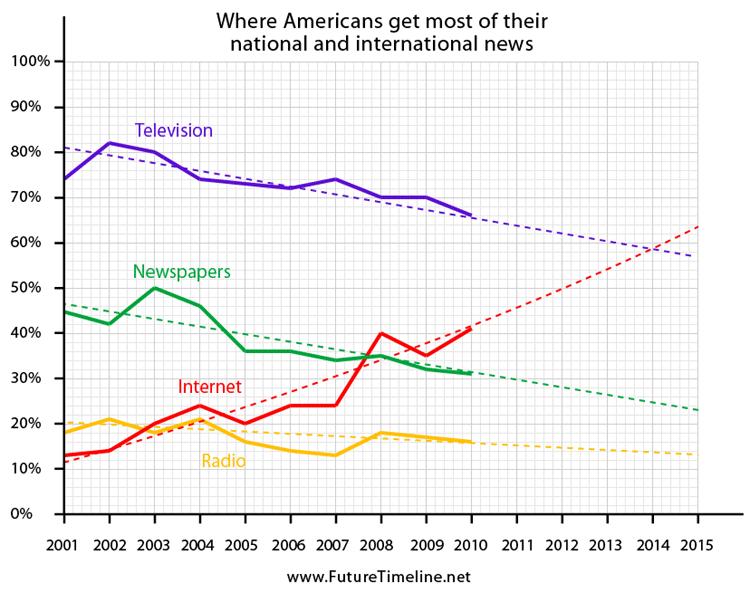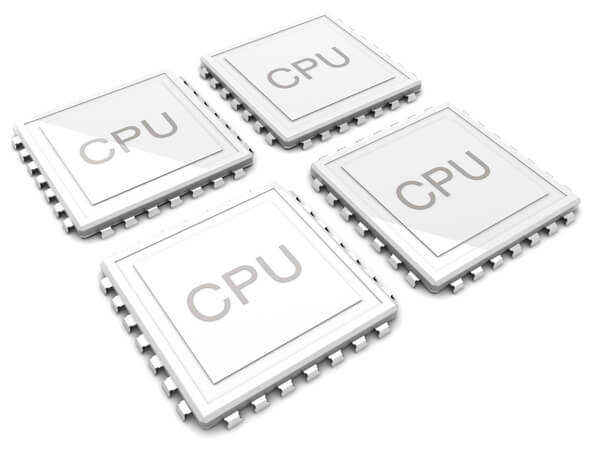The current stable release of Wireshark is 1.6.5. It supersedes all previous releases, including all releases of Ethereal. You can also download the latest development release (1.7.0).
Wireshark 1.6.5 Stable Release-Download (32bit)
Wireshark 1.6.5 Stable Release-Download (64bit)
Wireshark 1.7.0 Development Release-Download (32bit)
Wireshark 1.7.0 Development Release-Download (64bit)
Wednesday, March 14, 2012
Monday, March 12, 2012
Download Compiler Java : Java Development Kit
Java SE Development Kit 7u3 (x86) Download 32bit
Java SE Development Kit 7u3 (x64) Download 64bit
Step by step Path
1. Open C:\Program Files\Java\jdk1.7.0_03\bin
2. Follow The Picture Below
3. Right Click My Computer, then click Properties
4. Select Advanced Tab, Then Click Environtment Variables
5. Click New
6. Follow The Picture Below
7, Finally Click OK
Java SE Development Kit 7u3 (x64) Download 64bit
Step by step Path
1. Open C:\Program Files\Java\jdk1.7.0_03\bin
2. Follow The Picture Below
3. Right Click My Computer, then click Properties
4. Select Advanced Tab, Then Click Environtment Variables
5. Click New
6. Follow The Picture Below
7, Finally Click OK
Friday, March 9, 2012
3D printing is a mainstream consumer product (2015)
Until
recently, this technology was extremely expensive - upwards of $15,000
per machine - and limited to use in industrial prototyping, product
design, medical modeling and architectural models.*
However, plummeting costs are now making it affordable to consumers.**
Rather than using ink on paper, these machines can actually "print" 3D objects. This is achieved by melting nylon powder and then shaping it based on computer instructions.
Countless different items can be produced – from jewellery and decorative giftware, to children's toys, kitchenware, replacement plugs, hooks, pipes, fittings, flooring and other household essentials.
Users can download new items and configurations from the Web.* Artists and hobbyists can even create their own, using these printers in combination with 3D scanners and modeling software.
In addition to falling costs, another reason that home 3D printing has taken off rapidly is that there is very little manufacturing being done in America and various other countries anymore. As a result, there is little or no pressure by manufacturing special interests against it.
In the decades ahead, this technology will evolve into nanofabricators, capable of reproducing items with atomic precision within minutes. It will ultimately lead to matter replicators with near-instantaneous production of virtually any object – including foodstuffs.
Rather than using ink on paper, these machines can actually "print" 3D objects. This is achieved by melting nylon powder and then shaping it based on computer instructions.
Countless different items can be produced – from jewellery and decorative giftware, to children's toys, kitchenware, replacement plugs, hooks, pipes, fittings, flooring and other household essentials.
Users can download new items and configurations from the Web.* Artists and hobbyists can even create their own, using these printers in combination with 3D scanners and modeling software.
In addition to falling costs, another reason that home 3D printing has taken off rapidly is that there is very little manufacturing being done in America and various other countries anymore. As a result, there is little or no pressure by manufacturing special interests against it.
In the decades ahead, this technology will evolve into nanofabricators, capable of reproducing items with atomic precision within minutes. It will ultimately lead to matter replicators with near-instantaneous production of virtually any object – including foodstuffs.
Battery technology gets a boost (2015)
By 2015, the process is widely used in consumer electronics. Mobile phones can now be charged from flat in under 15 minutes, with a single charge lasting up to a week. This technology also paves the way for smaller and more efficient batteries for electric cars.
The Internet has a greater reach than television (2014)
By 2014, the trend has continued, with even television now having less reach when it comes to news reporting. Television and the Internet are in fact converging together as one. Social media, mobile technologies and exponential bandwidth improvements have driven much of this change.
Terabyte SD cards are available (2014)
SD cards and other memory devices continue to grow exponentially
this decade, with storage capacities doubling roughly every year. A
terabyte is equal to 1000 gigabytes.


Tuesday, March 6, 2012
14 nanometre chips enter mass production (2013)
The
next generation of microprocessor technology is released by Intel, with
transistors now based on a 14nm manufacturing process.*
For comparison, a carbon atom is 0.34nm wide.*
The 4GHz barrier in stock CPU is finally being passed, thanks to the
performance and energy efficiency of these new chips.


3D technologies are widespread (2013)
3D
technology is now widespread across a range of communication and entertainment
platforms. It has become a mainstream element of cinema, TV, Internet,
video games and even mobile. This technology provides users with a whole
new level of immersion, interaction and realism.
James Cameron's Avatar, released in 2009, was a major breakthrough in terms of developing this format and raising awareness of its potential.
In 2010, new 3D TV channels were introduced and these could even be viewed without 3D glasses.* This effect was achieved via multiple projectors behind the screen, combined with a lens array creating parallax effects from any direction. Among the TV events during this time was the first ever FIFA World Cup to be screened in 3D.
Compatibility was soon incorporated into a range of consumer products including Blu-ray recorders, games consoles and personal computers. By 2013, the technology has become widespread in homes in developed countries.*

©
Philcold | Dreamstime.com
James Cameron's Avatar, released in 2009, was a major breakthrough in terms of developing this format and raising awareness of its potential.
In 2010, new 3D TV channels were introduced and these could even be viewed without 3D glasses.* This effect was achieved via multiple projectors behind the screen, combined with a lens array creating parallax effects from any direction. Among the TV events during this time was the first ever FIFA World Cup to be screened in 3D.
Compatibility was soon incorporated into a range of consumer products including Blu-ray recorders, games consoles and personal computers. By 2013, the technology has become widespread in homes in developed countries.*

Quad-core smartphones and tablets (2012)
Technology Trends for 2012
Well,
it is December, when sugar plums fill children's heads and analysts
look into their crystal balls to see what the new year will bring.
Assuming the world doesn't end, 2012 should be a watershed year for
personal technology, showcasing the beginning and end for a lot of
companies, as well as major transitions for those that are left.
Overall, you'll find technology more social, more connected, and increasingly more voice-controlled. You'll also see the beginning of real convergence, the next phases of consumerization, and the blurring of lines between tablets and laptops.
I'll close with my product of the week: Slacker on Sonos. Yes, two of my favorite products got married.
PCs should get it as well, and I expect some of the implementations will probably suck. I expect someone will try this in places it won't work, or use technology that doesn't work very well, with a lot of knockoffs coming out of China.
Look for Siri-like interfaces in websites, as well to help you navigate. I'd expect you to see something like this tied to Google's (Nasdaq: GOOG) ecosystem, given how much Google likes to copy Apple (Nasdaq: AAPL).
Files are getting too large to send in email anyway, for the most part, and downloading services that allow you to share links are vastly quicker and often more smartphone/tablet friendly.
This provides the advantage of both a richer and less-complex experience for the user, as well as a cheaper experience for the cable company, and it appears to be resonating with both groups.
Already, movies are streamed rather than downloaded, and it won't be long until most of our applications exist on the Internet and don't run locally. I expect a big push in this direction in 2012.
As for the software you run locally, you'll increasingly buy it from a trusted app store, though that store may be offered by Amazon (Nasdaq: AMZN) or your laptop supplier.
This will bring touch into the mainstream of the PC market and narrow the gap between notebooks and tablets.
This won't just be for PCs, as thin products will continue to be driven in smartphones, tablets, and TVs as well. Vendors will continue to compete to be the thinnest in every category.
Cars will be shown with tablet-like features built into their dash, and this iPad effect will likely extend to things like home automation and high-end home alarm systems as well. And yes, you'll likely be able to install apps on many of them.
This will allow people to engage others (think kids) in games without running up data charges, since the phones talk directly to each other, and gaming may be faster as well, because there is no network latency.
This will also define what likely will be the major battle in 2012 between the high end of this new ARM class and Intel (Nasdaq: INTC), and it likely will be a battle for the ages.
That or we'll have a nationwide hostile attack of epic proportions; this is supported by a dire report from McAfee that showcases Android as excessively unsafe. Android is currently the most successful product on smartphones.
So products will be thinner, more social, easier to talk to, friendlier and smarter, and some may try to kill us. 2012 looks pretty good except for that last part.
 Sonos is my favorite in-home music system.
It really is the only system that allows you to move your music around
the house and has a party mode so you can sync the playback in all of
the rooms.
Sonos is my favorite in-home music system.
It really is the only system that allows you to move your music around
the house and has a party mode so you can sync the playback in all of
the rooms.

Slacker is my favorite music service, with a massive number of "stations" that find and organize music based on the kind of music and artists I like. My great regret is I could never get Slacker on Sonos, and last week that regret died.

Slacker is a music service that starts with an advertising-based free offering and has tiered pricing to full service. For me, it has proven to provide the best balance between allowing me to listen to my own music and finding new music -- and now it will fill my house. Because this is big for me personally, Slacker on Sonos is my product of the week.
Overall, you'll find technology more social, more connected, and increasingly more voice-controlled. You'll also see the beginning of real convergence, the next phases of consumerization, and the blurring of lines between tablets and laptops.
I'll close with my product of the week: Slacker on Sonos. Yes, two of my favorite products got married.
Voice Command
The success of Siri is clearly driving a lot of folks to create similar offerings, so expect this type of technology to make it over to other handset makers and into tablets next year.PCs should get it as well, and I expect some of the implementations will probably suck. I expect someone will try this in places it won't work, or use technology that doesn't work very well, with a lot of knockoffs coming out of China.
Look for Siri-like interfaces in websites, as well to help you navigate. I'd expect you to see something like this tied to Google's (Nasdaq: GOOG) ecosystem, given how much Google likes to copy Apple (Nasdaq: AAPL).
Email Decline
This has actually been going on for a while, with reports that kids coming out of school don't have email accounts anymore and live on social networks and in messaging products.Files are getting too large to send in email anyway, for the most part, and downloading services that allow you to share links are vastly quicker and often more smartphone/tablet friendly.
Cable Box Decline
The traditional cable box will increasingly be replaced by game consoles and smart TVs next year. This has been going on in Europe for some time, with systems like the Xbox, and Verizon just started a similar effort with that product here for FIOS customers.This provides the advantage of both a richer and less-complex experience for the user, as well as a cheaper experience for the cable company, and it appears to be resonating with both groups.
Hosted Services
Google started the ball rolling with apps, and OnLive lit a fire under this with games. As we move into 2012, more and more of what we access will be hosted.Already, movies are streamed rather than downloaded, and it won't be long until most of our applications exist on the Internet and don't run locally. I expect a big push in this direction in 2012.
App Stores
This trend continues and accelerates into 2012 with the launch of Microsoft's (Nasdaq: MSFT) app store and the expected death of packaged software products.As for the software you run locally, you'll increasingly buy it from a trusted app store, though that store may be offered by Amazon (Nasdaq: AMZN) or your laptop supplier.
Windows 8 - Touch
This product is a trend in and of itself, and it represents the biggest bet that Steve Ballmer's Microsoft has ever made. The company is going to singlehandedly blur the lines between PCs and tablets and hope that users don't get confused.This will bring touch into the mainstream of the PC market and narrow the gap between notebooks and tablets.
Thin Is In
Driven largely by tablets (mostly iPads) and ultrabooks (including the MacBook Air), next year will be the year when thin moves across the mainstream of notebook computers.This won't just be for PCs, as thin products will continue to be driven in smartphones, tablets, and TVs as well. Vendors will continue to compete to be the thinnest in every category.
TIS (Tablets in Stuff)
Samsung has already bought out a refrigerator with a built in tablet computer and others are likely to follow their example.Cars will be shown with tablet-like features built into their dash, and this iPad effect will likely extend to things like home automation and high-end home alarm systems as well. And yes, you'll likely be able to install apps on many of them.
Peer-to-Peer Gaming
Qualcomm (Nasdaq: QCOM) will be pushing peer-to-peer gaming into smartphones next year, and this could spell the end for most standalone gaming systems.This will allow people to engage others (think kids) in games without running up data charges, since the phones talk directly to each other, and gaming may be faster as well, because there is no network latency.
Cores Are Us
In tablets, we'll move from two cores to up to five cores for Nvidia's (Nasdaq: NVDA) Tegra 3 offering. These multicore offerings should allow the next generation of tablets (the Asus Transformer 2 is already shipping) to approach the low end of PC performance, and they'll be ideal candidates for the ARM (Nasdaq: ARMHY) version of Windows 8.This will also define what likely will be the major battle in 2012 between the high end of this new ARM class and Intel (Nasdaq: INTC), and it likely will be a battle for the ages.
Wrapping Up: Privacy/Security
With the concerns over the Carrier IQ rootkit going vertical (you can find out how to remove it from your smartphone here ) the one final trend I expect is a near rabid focus on privacy. Going into an election year in the US, it just seems likely that someone in politics will be hacked, embarrassed, and will go on the warpath on privacy regulation as a result.That or we'll have a nationwide hostile attack of epic proportions; this is supported by a dire report from McAfee that showcases Android as excessively unsafe. Android is currently the most successful product on smartphones.
So products will be thinner, more social, easier to talk to, friendlier and smarter, and some may try to kill us. 2012 looks pretty good except for that last part.
Product of the Week: Slacker on Sonos
 Sonos is my favorite in-home music system.
It really is the only system that allows you to move your music around
the house and has a party mode so you can sync the playback in all of
the rooms.
Sonos is my favorite in-home music system.
It really is the only system that allows you to move your music around
the house and has a party mode so you can sync the playback in all of
the rooms. 
Slacker is my favorite music service, with a massive number of "stations" that find and organize music based on the kind of music and artists I like. My great regret is I could never get Slacker on Sonos, and last week that regret died.

Slacker is a music service that starts with an advertising-based free offering and has tiered pricing to full service. For me, it has proven to provide the best balance between allowing me to listen to my own music and finding new music -- and now it will fill my house. Because this is big for me personally, Slacker on Sonos is my product of the week.
Subscribe to:
Posts (Atom)







